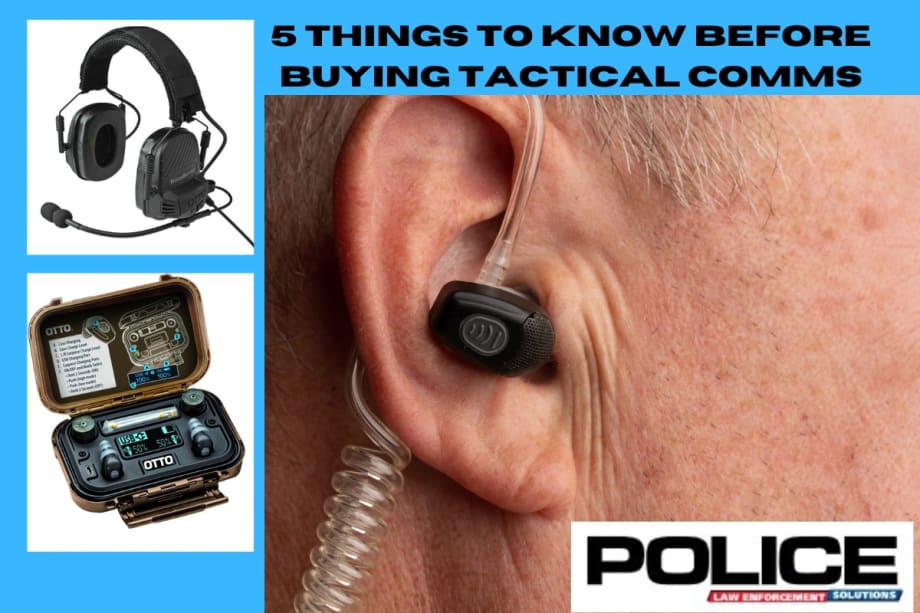OTTO Communications designs and manufactures communications accessories, specializing in mission-critical equipment for the two-way radio market. The company has been involved with radio communications for decades and for many years OTTO has been behind the scenes as an OEM for major brands that people recognize, Griffith says.
The fact is when you get in an environment where things are happening fast and there might be a lot of noise — flashbangs going off, gunshots, an explosive breach, or something like that which can set off loud alarms, and all kinds of things — clear communications become more important Griffith points out. Communication devices and earpieces should increase clear communication but also not hinder an officer’s ability to keep tabs on what is happening around him.
“When you are on scene, it's very important to be able to continue to hear what’s around you, that situational awareness, and assess threats,” Griffith says.
But your comms solution may at times need to also aid in providing discretion.
“The other aspect of this is that let's say you've assigned an officer with his radio; he's got his speaker microphone that he wears on his chest or something like that. You don't necessarily want people on the other side of that door to hear that radio, you want some discretion in where that audio path is going so that you're not tipping your hand that there's a horde of police outside because there's a bunch of speaker mics blaring,” explains Griffith.













